The water lapping against the shore of Lough Neagh is not a healthy blue, but a sickly green.
A walk along the canal path at Toome, Co Antrim, reveals just how unwell the lake is. At the lock gates, the water is a curdled, clotted mess of green algae, with spots of bright blue dabbed among it, the colours as lurid as from a child’s paintbox. The smell of sulphur – like a gas leak – is overwhelming.
The entire lough has been contaminated by the blooms of poisonous blue-green algae. It is dangerous to anyone or anything that enters the water – pet dogs and wild birds have died, and it can make people ill.
Earlier this year, algae from Lough Neagh closed beaches to swimmers; on the lake itself, people who use it for recreation or depend on it for their livelihoods have been forced out of the water.
READ MORE
“The lough’s in crisis,” says Ciara Laverty. “The ecology’s changing, unless we do something drastic about it now. Decades of neglect have led us to this point.”
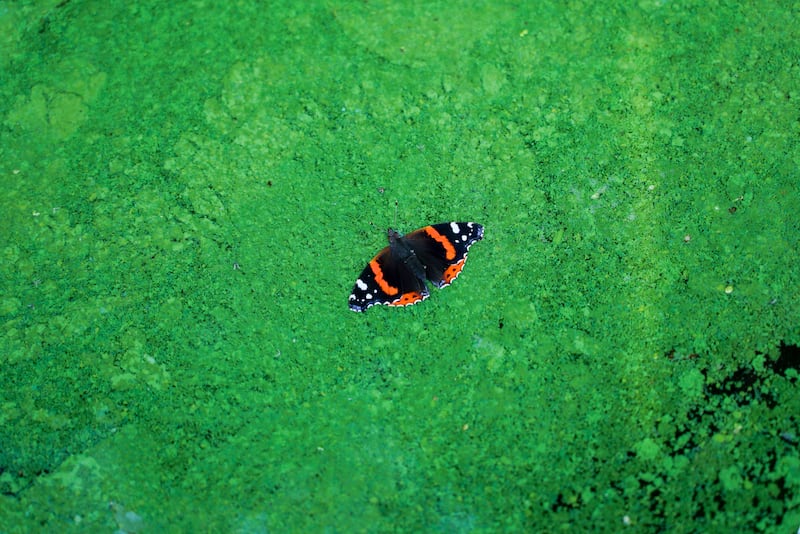
She knows and loves the lough. Born and raised in the village of Maghery, on its southwestern shore, her great-grandfather was a fisherman; as a ranger with the Lough Neagh Partnership, she also spends her life on the lough, monitoring bird species and managing its habitats.
“I love the big, wide open spaces of the lough. There are some days when you can’t tell where the sky ends and the lough begins, and you get some beautiful sunsets – sometimes the lough can look like glass, it is absolutely gorgeous,” she says.
[ Newton Emerson: Too many cooks turned Lough Neagh into a disgusting green brothOpens in new window ]
“Growing up, I loved birdwatching, catching frogs, even the Lough Neagh fly – to me that was an amazing wildlife spectacle – and it terrifies me that this year we’ve had hardly any fly, and the damage that’s doing to our ecosystem and our wildlife.”
The current crisis is down to a combination of factors, says Laverty’s colleague Peter Harper, the shoreline environment officer with the Lough Neagh Partnership.
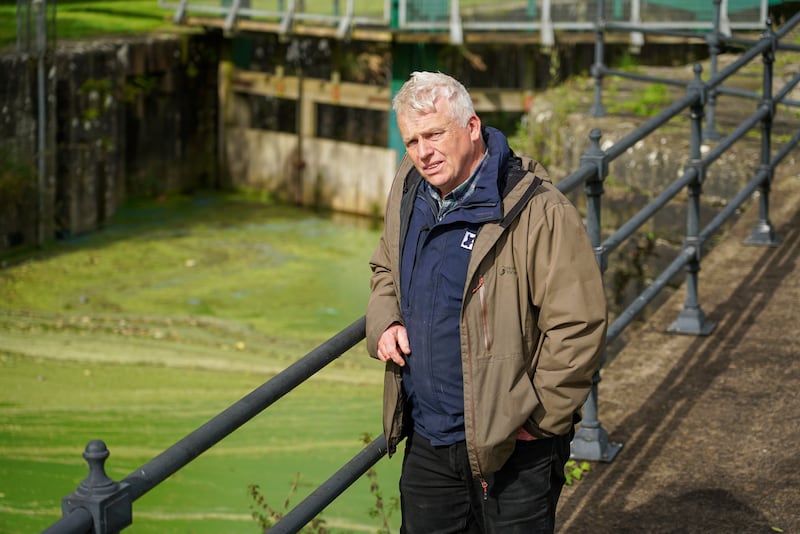
A major problem is pollution from excess nutrients contained in the run-off from agricultural fertiliser. The water quality in the lough is also harmed by poor wastewater treatment and septic tanks, and the effects of climate change, which has seen the temperature at the bottom of the lough increase by one degree and led to wetter summers. There is also the Zebra mussel, an invasive species which filters the water.
[ Dramatic fall-off in birds on Ireland’s largest lakeOpens in new window ]
“More sunlight penetrates the water [so] there’s more photosynthesis and more algal growth, so we reckon that could be the tipping point that’s brought the bloom we see today,” says Harper.
“This is the worst I’ve ever seen; it’s totally off the scale.”
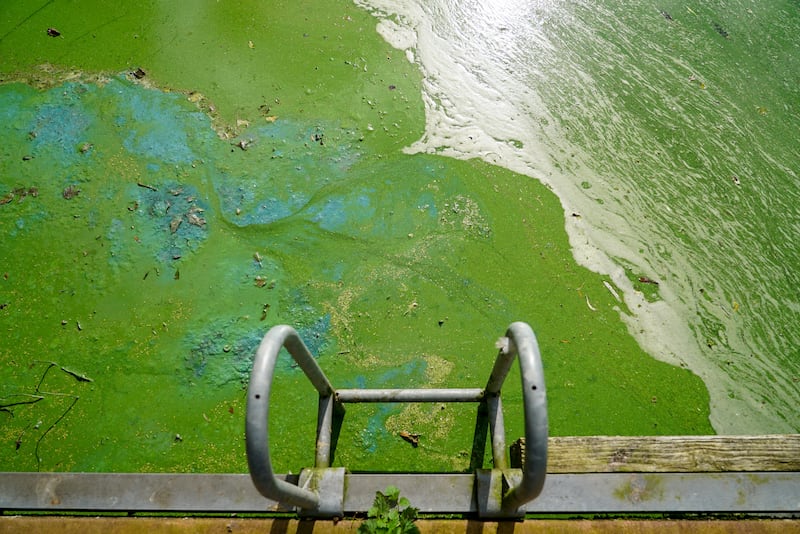
In a statement to The Irish Times, the deputy president of the Ulster Farmers’ Union, John McLenaghan, said it was “heartbreaking” to watch the impact of the crisis on Lough Neagh and called for a “partnership approach” to tackle it.
“Certain farming practices can impact water quality, but there are a significant range of schemes and regulations in place in Northern Ireland to reduce this,” he said.
“Those who “fail to comply should be dealt with appropriately, but farmers farm with nature and do their utmost to uphold these measures”.
The impact goes far beyond the lough and its shores. The largest freshwater lake in Ireland and Britain has a 120-mile-long shoreline and provides 40 per cent of the North’s drinking water.
[ Lough Neagh: Scars from dredging will take ‘decades if not centuries’ to recoverOpens in new window ]
It is also home to unique wildlife species, is an important centre for overwintering birds and supports the largest commercial wild eel fishery in Europe.
“Lough Neagh drains between a third and a half of Northern Ireland and parts of Cavan and Monaghan, and in terms of biodiversity this is an incredibly important site – it’s got every designation in the book,” says Harper.
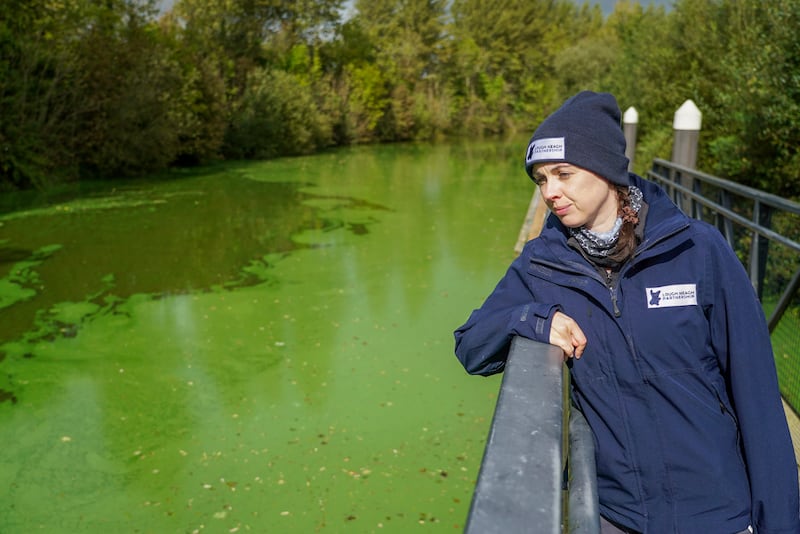
For the first time, Laverty and her colleagues have bought boiler suits to protect themselves from splashback while out on the lough – she is “worried about the drinking water, is it really clean enough? My partner and I have bought bottled water to drink, just as an extra precaution.”
“It has literally blown people’s trust in the health of the lough out of the water,” says James Orr, director of Friends of the Earth in Northern Ireland.
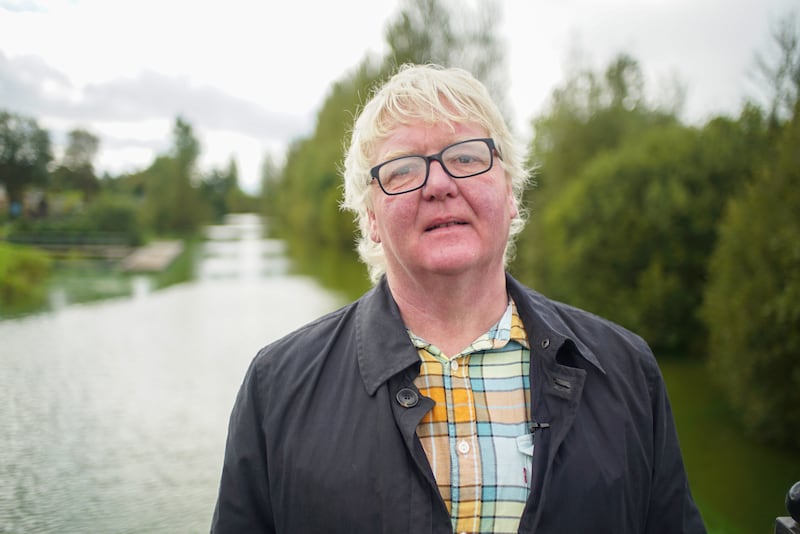
In a statement, NI Water said all water supplied from its treatment works, including from Lough Neagh, “is safe to drink and use as normal” and that “robust treatment processes” were in place to manage the presence of algae.
Harper is clear, however: the lough is in “meltdown” and this needs to be treated as an “emergency”, but he is equally clear the situation has been exacerbated by the continued lack of a functioning government at Stormont, which means there are no ministers in place to make the much-needed decisions which could save the lough.
There must be, he says, an “interdepartmental working group at a very senior level led by a minister with senior civil servants at the table and resources to back it up”, as well as a separate department of the environment and an independent Environmental Protection Agency with the ability to hold polluters to account.
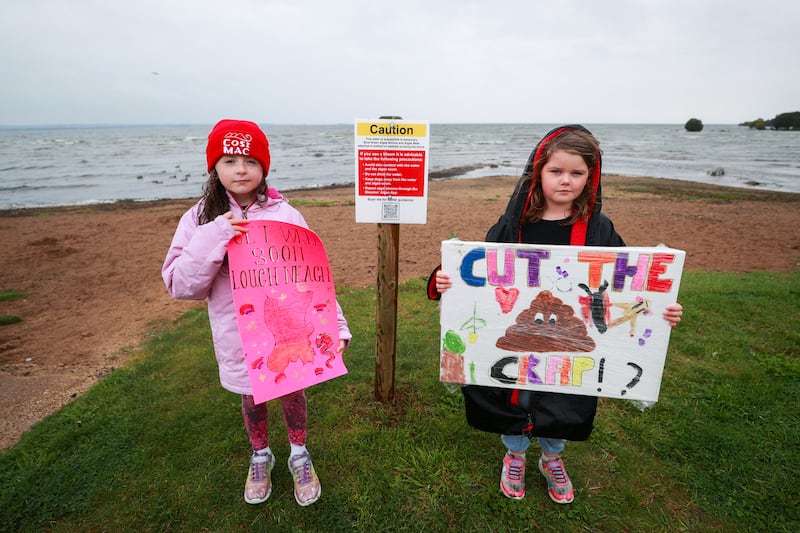
“Our politicians need to wake up and smell the coffee; it’s straight in front of their eyes – Lough Neagh is in crisis and they need to step up... Get back in there and do your work, we’re in trouble here and we need your help.”
[ Lough Neagh mysteries – An Irishman’s Diary on lake’s curious powersOpens in new window ]
There have also been calls for the lough to be taken into public ownership, including by Orr.
“We need to sort out the regulation of the lough, the enforcement, the management, and it starts with acquisition,” he says.
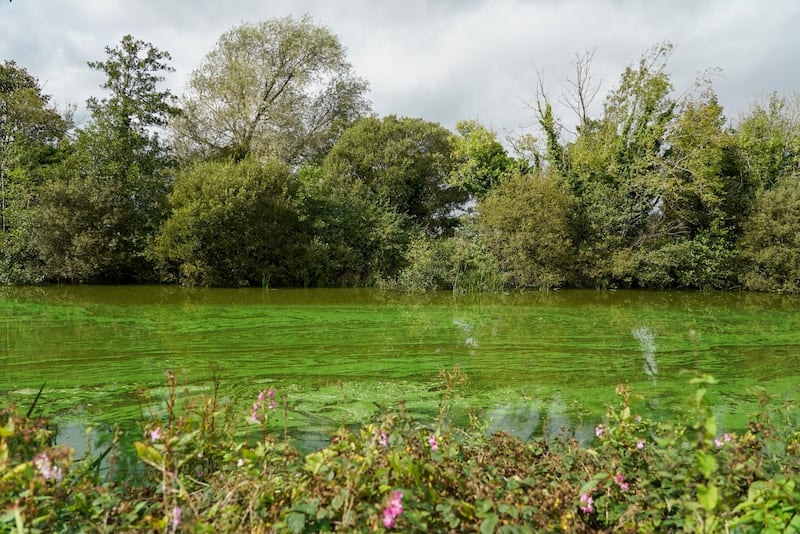
On Thursday, representatives of the North’s four Executive parties met officials from the Department of Agriculture, Environment and Rural Affairs (Daera) and other agencies and agreed a series of short- and medium-term measures, including the establishment of an operational taskforce. The reality is that any response will be limited by the absence of a functioning government.
In a sobering statement, the department said while a “range of urgent actions” were under way, “the reality though is that the deterioration of the water quality... has occurred over many years and it will take time and considerable effort and investment to deliver the improvements that everyone wants to see”.
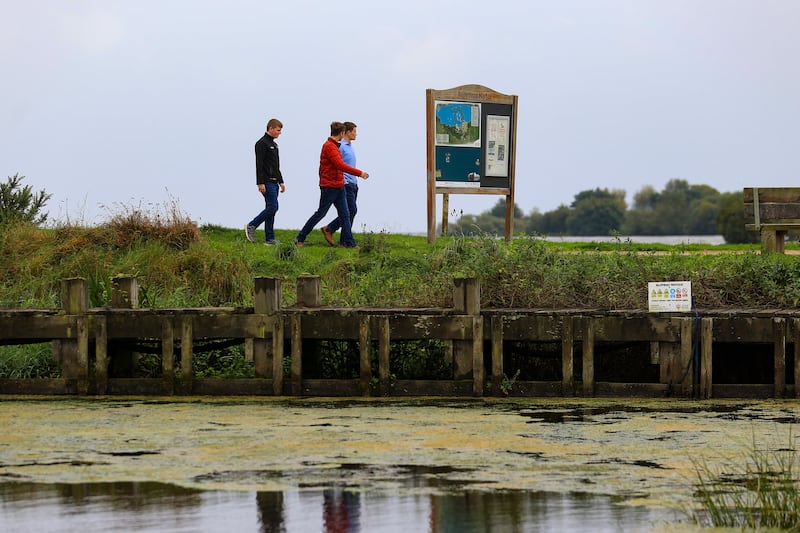
“The lough isn’t just dying, it’s been killed, it’s been killed by polluters,” says Orr. “People are grieving – you’re talking fishing people, commercial people, local people.
“This is our most precious jewel – to me Lough Neagh is like the beating heartland of Northern Ireland, because what other country has a huge, wild natural resource right at its heart?”


















